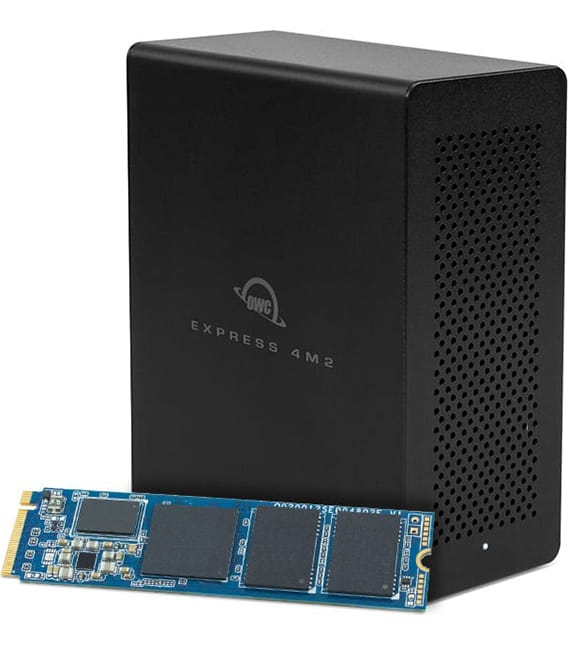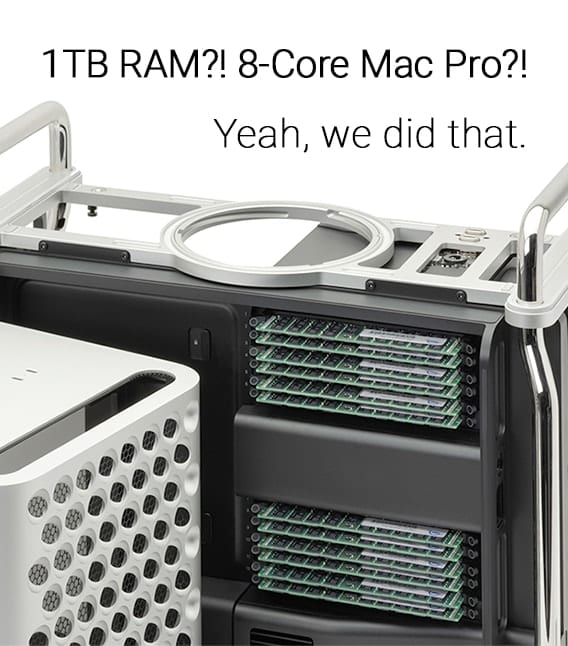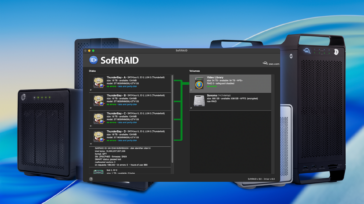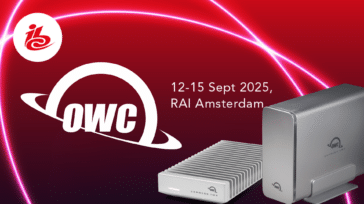
Each year, I go to WWDC to figure out where Apple is going in the coming 12 months and help us plan the software and hardware that OWC will introduce to complement these new Apple technologies. Last year we saw the awesome new Mac Pro unveiled. After talking with Apple engineers and getting pictures of the 2019 Mac Pro, the OWC hardware design team in Taipei took this information and designed some really killer products like the Accelsior 4M2 to take advantage of this new Mac. It is these early glimpses of where Apple is going, which allow us to be first to market and “best in category” when we introduce products that adopt new Apple technologies. We have several more exciting products for this Mac coming out later in 2020.
This year, WWDC will be virtual. That doesn’t mean that it will just be like watching a video of the presentations and taking notes. Apple has gone a long way to ensuring that the one-on-one contact with Apple engineers — the part of the conference which is so valuable — is still going to happen. Last year, I spent more than 20% of my time at the conference speaking with Apple engineers one-on-one. I am expecting I will do the same this year.

Last year’s conference also gave me an insight into the changes in driver technology, which will affect our software products in the future. This change involves moving drivers from the kernel, where they have been for the past two decades, into user space. This is a bit ironic as drivers existed in user space in the MACH operating system, an operating system developed at Carnegie Mellon University. (The MACH operating system is the progenitor of macOS.)
At the time, I felt that this change, which will take three years to roll out completely, was a harbinger that the transition to ARM architecture was imminent. ARM stands for Advanced RISC Machine, a family of Reduced Instruction Set Computing (RISC) architectures for computer processors. With the leaked news last week, it seems that this transition is indeed close.
Am I scared of the transition to ARM processors? No, I’ve been here before. Just over ten years ago, Apple moved from PowerPC to Intel processors. They used tried and true technology developed in the 1990s at Next to allow developers to create applications that ran on both processors. I think the transition to ARM processors will be equally smooth.








